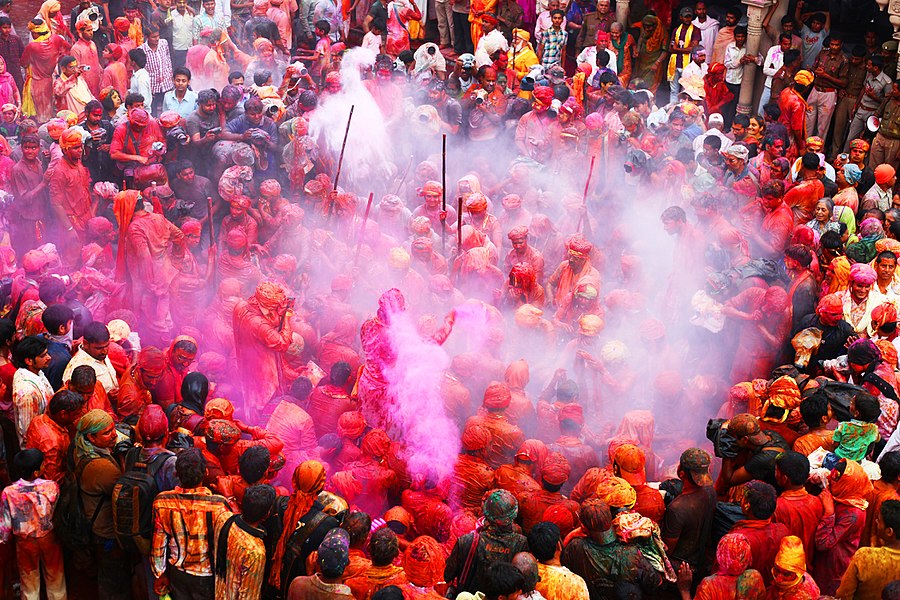Facts About Holi
Holi is an ancient Hindu festival primarily celebrated in India. It is a joyous occasion that signifies the triumph of good over evil and the arrival of spring. Often referred to as the "festival of colors" or the "festival of love" Holi is a time for people to come together, play, forgive, and mend relationships. The celebration spans a night and a day, with the first evening known as Holika Dahan and the following day called Holi, or sometimes Rangwali Holi, Dhuleti, Dhulandi, or Phagwah.
This vibrant festival has transcended its Indian roots, thanks to the Indian diaspora. Today, it is celebrated in various parts of Asia and the Western world, including countries such as Nepal, Jamaica, Suriname, Trinidad and Tobago, South Africa, Malaysia, the United Kingdom, the United States, Canada, Mauritius, and Fiji. Holi celebrations typically feature rituals such as Holika Dahan, where people gather around bonfires, and Rangwali Holi, where participants play and drench each other in colorful powders and water.
Holi holds cultural significance across various Hindu traditions, symbolizing the resolution of conflicts, the onset of spring, and the celebration of new beginnings. The festival is associated with several legends, including stories of Krishna, Vishnu, and the love story of Kama and Rati. Interestingly, Holi is also observed by non-Hindus, such as Jains and Newar Buddhists.
Traditionally, the colors used during Holi were derived from natural sources like flowers, leaves, and roots. However, synthetic colors have become more common in recent times, raising concerns about their health and environmental impacts. Holi has also inspired similar events in other cultures, particularly in the United States and Europe, where it is often celebrated as a fun, community event or for charitable purposes.

 China
China